In astronomy, a star is a mass of helium and hydrogen to maintain nuclear fusion in its nucleus. The sun is a star. Stars in galaxies can be different in size and color. Any large celestial body that emits radiation due to its internal energy sources is called a star.
Many stars are in pairs, multi-systems, or star clusters. The members of stellar systems are related to each other through a common physical origin and are influenced by each other’s gravitational force. Usually, star clusters consist of star groups. These groups are made up of similar stars that as a group did not have enough mass to stay together as a single system.
What materials is a star made of?
Stars are made of very hot gases. These gases are mostly hydrogen and helium, which are two light elements. Most stars contain small amounts of heavier elements, such as carbon, nitrogen, oxygen, and iron, created by stars that existed before them. After a star runs out of fuel, much of its material is released into space, and new stars are formed with this material. In this way, materials are recycled in the stars.
How are stars formed?
Stars are born inside nebulae called molecular clouds. Nebulae in which stars are born are mostly hydrogen molecules and are called H II regions or star-forming regions. First, the molecular cloud spins due to the gravity of a passing star or a wave caused by a supernova explosion, and as this process continues, masses gradually form. As their mass increases, the temperature of the masses also increases. When the temperature inside these stellar bodies reaches 10 million degrees Celsius, nuclear fusion begins. The celestial body mentioned at this stage is a proto-star. When a star begins to burn hydrogen and convert it to helium, it is born like a huge furnace of fire, lit or so-called, and at this time it is called a star.
The new star suddenly emits light that disperses gas clouds around the star, but little material remains from those clouds, from which several planets later form. At this point, the star becomes relatively stable, as the outward pressure from the fusion of the nucleus and the inward pressure from the gravitational force of the star are balanced and offset each other. Therefore, the star does not collapse due to the gravitational force of the nucleus, nor does it disintegrate due to the fusion of the nucleus. The birth of a star can take millions of years. The birthplace of stars is also called a stellar nursery.
Classification of stars
As mentioned, the mass of a star determines its properties of a star.
The lightest stars
The mass of the lightest star may be about 75 times that of Jupiter. In other words, if we find 74 Mars and mix them, we can produce a light star. The lightest stars are the Red Dwarfs. Astronomers believe that there are red dwarf stars that can live for 10 trillion years and provide some of the energy released by the sun.
The giant stars
Giant stars, on the other hand, have very short lifespans. Stars like Eta Carinae, which are 90 times more massive than the Sun, emit more than a million times more energy than the Sun.
Types of stars
Stars from birth to death can be classified into different groups according to their characteristics of stars. In this section, we examine the different periods of a star’s life.
1. Nebulae
Nebulae are clouds of gas (mostly hydrogen and helium) and dust in space. Nebulae are the birthplace of stars.
2. Protostar
It looks like a star, but its core is not yet hot enough for a core fusion to occur. The luminosity of protostars occurs due to the warming of the protostar and its shrinkage due to gravity.
3. T Tauri Star
A very young and light star that is less than 10 million years old and still under the force of gravity to compress.
4. Main Sequence Star
Stars combine hydrogen atoms to form helium atoms in their nuclei. Like the sun.
5. Red Dwarfs
The smallest stars in the main sequence. These stars are not visible to the naked eye due to their low luminosity.
6. Red Giant Stars (for small stars)
These stars are between 10 and 100 times the diameter of the Sun. Although their surface temperature is lower than the sun, they are very bright.
7. Red Giant Cloud (for large stars)
As the red giant star condenses, more heat is generated and it burns its last hydrogen, causing the star’s outer layers to expand further. At this point, the star becomes a red giant.
8. Planetary Nebula (for small stars)
An outer layer of gas and dust disappears as a star changes from a red giant to a white dwarf. The outer layers of the nebula are encased in a layer of gas before being released into space, and this layer will last for tens of thousands of years.
9. Supernova (for large stars)
A supernova is the explosive death of a star and often results in the star glowing 100 million times brighter than the Sun for a short time.
10. White dwarf (if there is a small star)
The white dwarf is a very small, hot star and is the last stage in the life cycle of a star like a sun. The remaining white dwarfs are ordinary stars that use nuclear energy sources.
11. Neutron star (if there is a large star)
These stars in galaxies are mostly composed of neutrons and are produced after a supernova. In these stars, protons and electrons combine to produce a neutron star.
12. Black holes (in the presence of a large star)
Black holes are believed to form from massive stars at the end of their life. The gravitational force in a black hole is such that nothing, not even light, can escape.
Conclusion
A star is an astronomical object made up of a glowing sphere held together by its gravity. The closest star to Earth is the sun. Many other stars that are visible to the naked eye on Earth during the night appear as masses of fixed points of light in the sky due to their great distance from Earth.


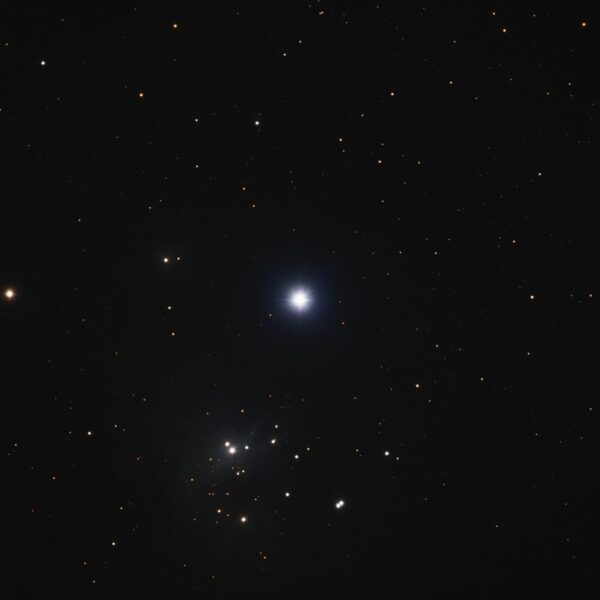
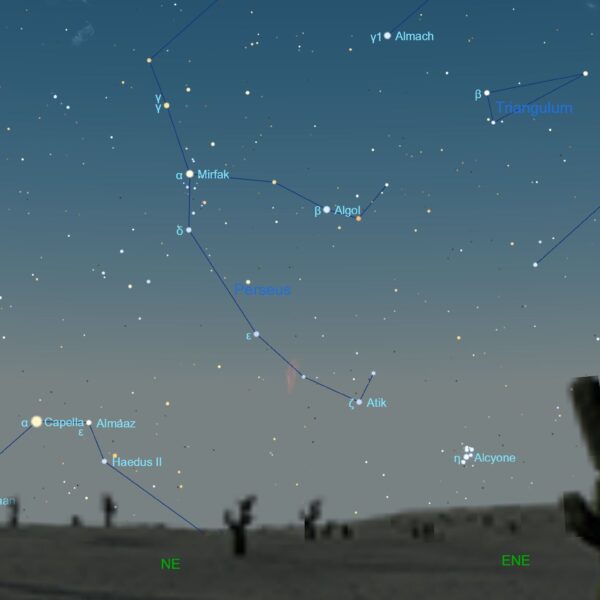
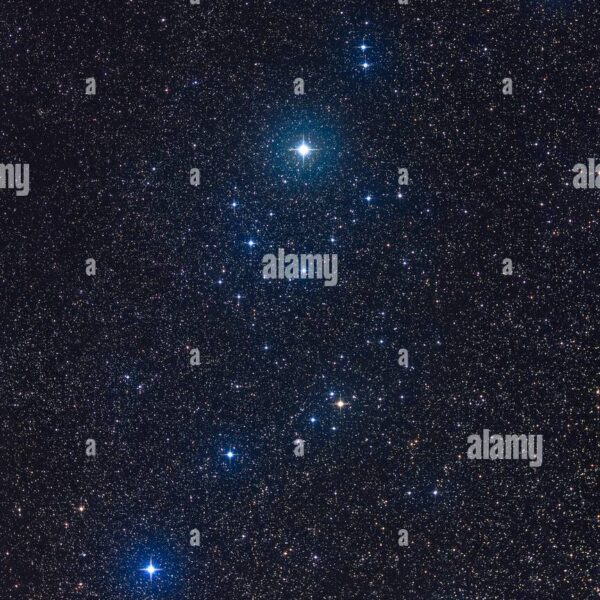
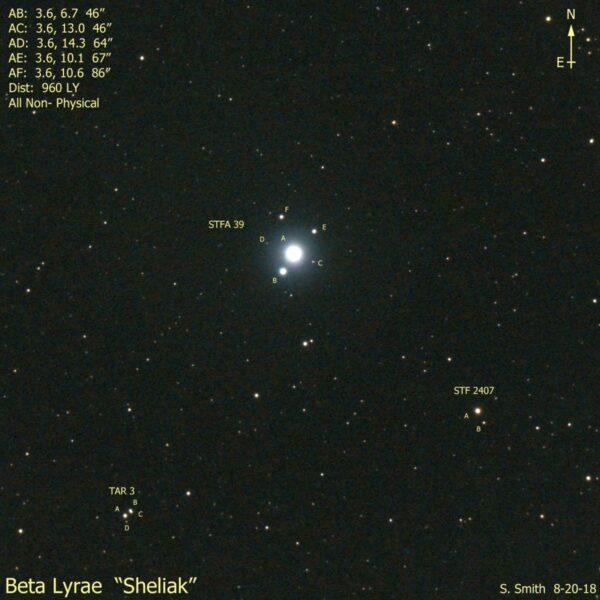
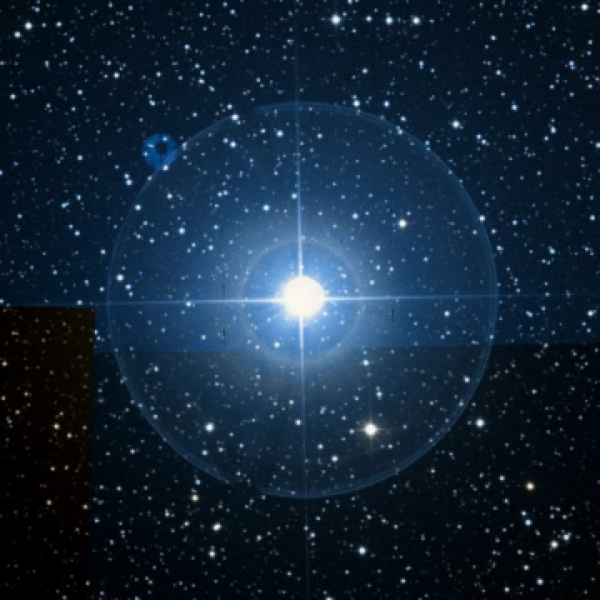
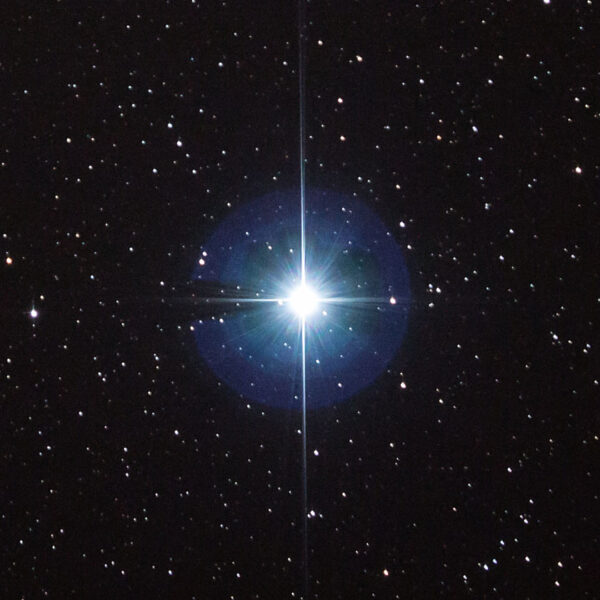
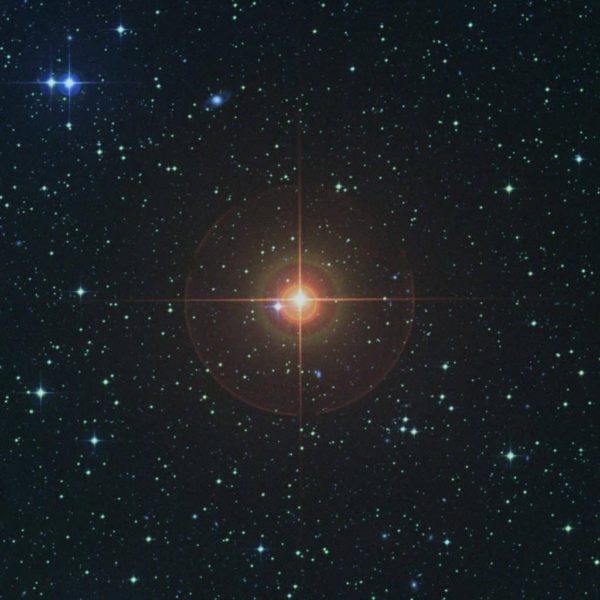
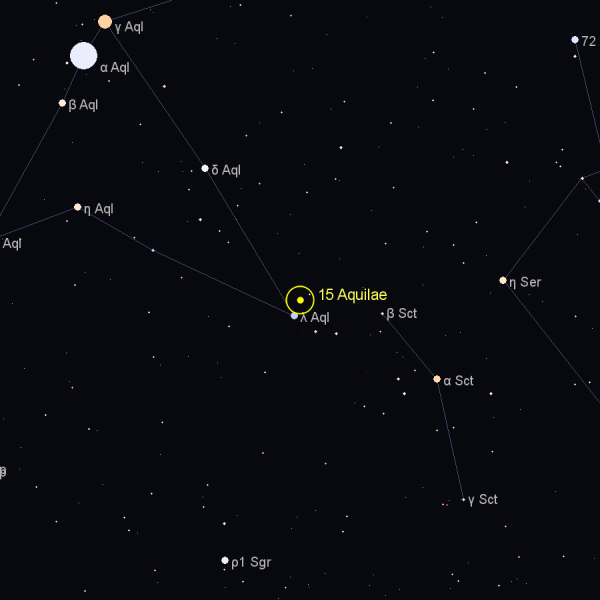
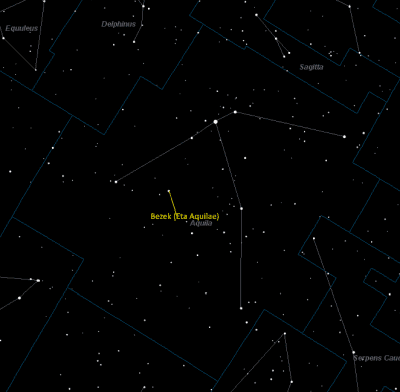
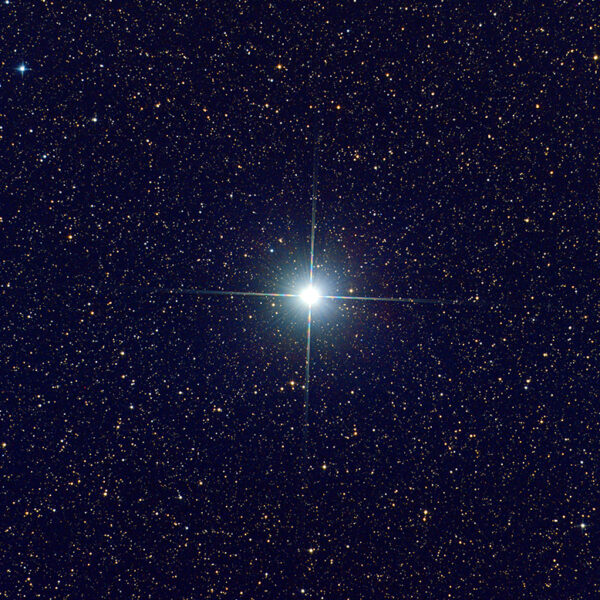

Contact me

